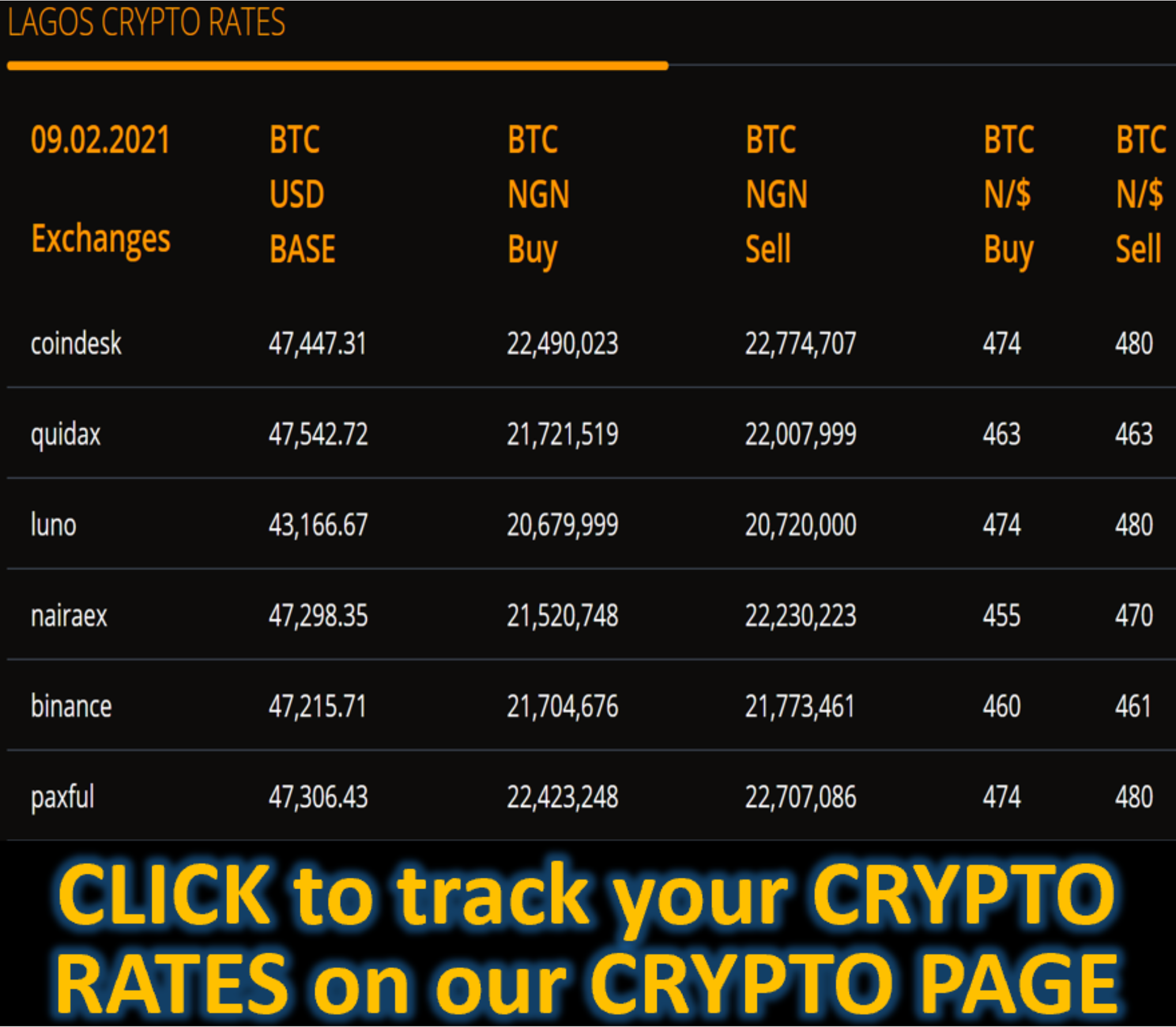Market News
EUR/USD: Euro Plunges as Eurozone PMI Sinks in November - FX EMPIRE
BY Saqib Iqbal
This week, investors have sold the EUR/USD pair amid geopolitical tensions and fears of looming tariffs on Eurozone exports to the US.
The war between Russia and Ukraine escalated when Ukraine used Western missiles to attack Russia. In response, Russia lowered its threshold for using nuclear power as a threat. The Ukraine war significantly hurt the Eurozone economy when it started.
Gas and oil supply disruptions weakened the economy during the early days of the war. Therefore, the rising risk of an escalation is a significant threat, which is keeping investors on edge. Any new developments in the war will likely cause huge moves in the EUR/USD price.
At the same time, Trump has threatened to impose tariffs on Eurozone imports, which would further weigh on the fragile economy. As a result, the euro collapsed, and experts believe it could reach parity with the US dollar.
The most recent catalyst for the decline was the Eurozone PMI figures and Germany’s poor economic performance.
EUR/USD Fundamental Analysis
Data on Friday revealed that business activity in the Eurozone sunk to new lows, indicating a sharp economic slowdown. The composite PMI, combining the manufacturing and services sectors, eased from 50.0 to 48.1.
Meanwhile, the manufacturing sector fell further into recession, with the PMI dropping from 46.0 to 45.2. Business activity in the services sector also eased, with the PMI falling from 51.6 to 49.2. Slower business activity in the economy will put more pressure on the European Central Bank to cut interest rates in December.
Elsewhere, figures on Friday revealed that Germany’s economy grew less than estimated. The GDP expanded by 0.1%, down from 0.2%. Germany is the largest economy in the Eurozone bloc. Therefore, poor economic data can make the ECB’s policy outlook more dovish.
EUR/USD Technical Analysis

On the technical side, the 4-hour chart shows a solid downtrend for EUR/USD. The price has kept below the 22-SMA, respecting it as resistance. Twice, bulls have attempted to take control by pushing the price above the 22-SMA.
However, they failed as bears would swiftly reverse the moe with solid candles. In the most recent pullback, the price rose to retest the 1.0600 critical level. It broke above the SMA but failed to break above 1.0600. Therefore, bears took back control by breaking below the 30-SMA to make a new low in the downtrend.
The price has collapsed to the 1.0400 critical psychological level, where it might pause to retest the SMA before continuing lower. The RSI shows strong bearish momentum, meaning the pair still has downside potential. A break below 1.0400 will make a lower low and continue the downtrend. The bias will only change when the price breaks above the SMA and makes higher highs and lows.

The daily chart shows a clearer picture of the bearish shift in sentiment for EUR/USD. The price made a double top before collapsing in a steep downtrend. It broke below several major support levels, including 1.0802 and 1.0600.
The price has now formed a large wick below the critical 1.0400 level. If it closes well above the level, the wick will indicate a rejection of lower prices, signaling a deep pullback or a reversal. A deep pullback would likely retreat to the 1.0600 level, the 30-SMA, or the bearish trendline. On the other hand, a reversal would break above all these levels. If bears remain in the lead, the price will eventually break below the 1.0400 level.
Key Support Levels
Support 1: 1.0400, a 4-hour and daily swing low
Key Resistance Levels
Resistance 1: 1.0802, a 4-hour swing high and daily support turned resistance
Resistance 2: 1.0600, a 4-hour swing high and daily support turned resistance.
Final Thoughts
EUR/USD has been in significant decline since Trump won the US election. His policy proposals threaten to weaken the fragile Eurozone economy, and the escalating conflict between Russia and Ukraine has put it in a vulnerable position.
Finally, recent data on business activity in the bloc and poor GDP data from Germany have shown a slowdown that will push the European Central Bank to implement another rate cut in December. Market participants will keep watching incoming data for more clues on the December ECB meeting. If data shows weak economic performance, the euro might reach parity with the dollar.
This article is brought to you by FXGT.com. If you want to dive deep into forex, stocks, commodities, and cryptos, FXGT.com market analysis provides expert analysis that filters market noise and reveals what matters most.









